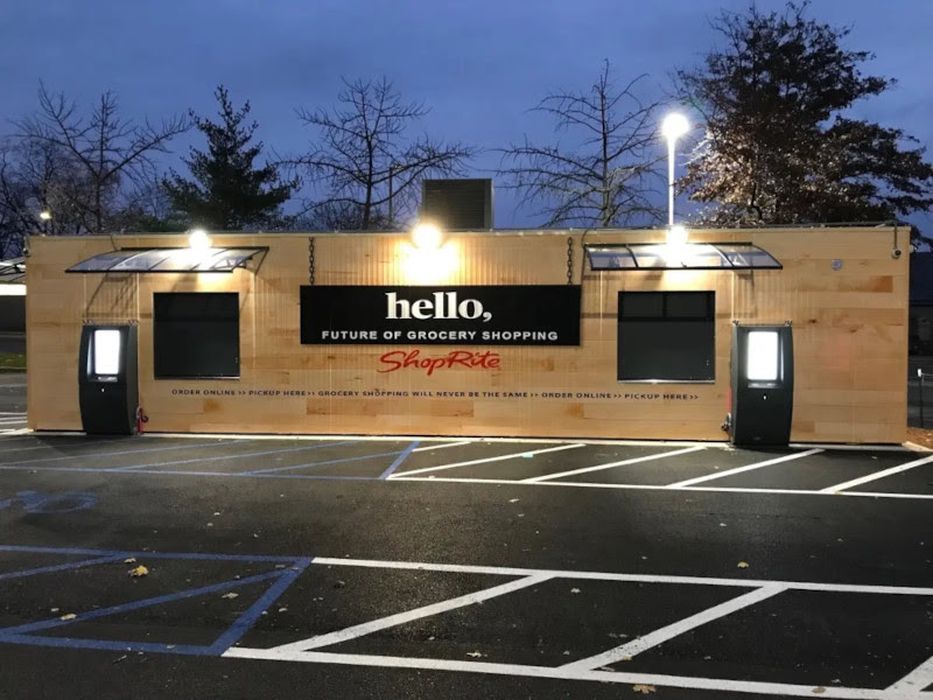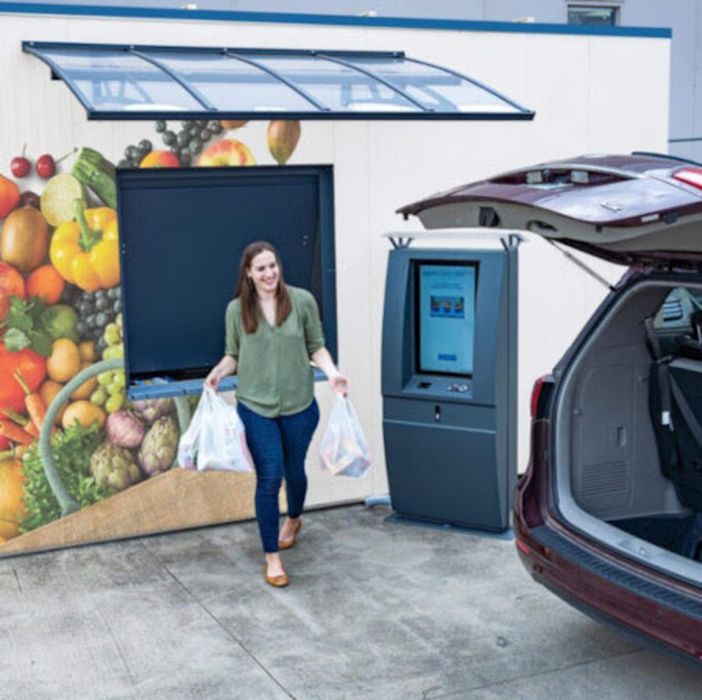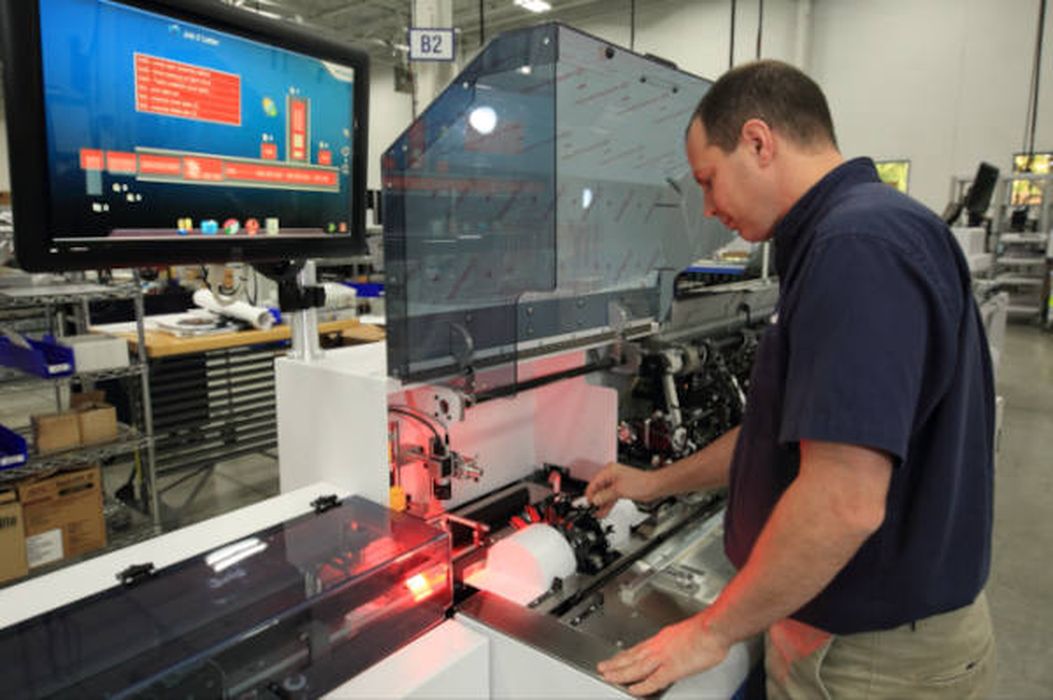
Charles R. Goulding and Preeti Sulibhavi discuss supermarkets embracing automation technologies, such as contactless pickup.
For most people who food shop, the traditional way, a typical grocery run would involve taking stock of current kitchen inventory items and refrigerator contents, getting a shopping list ready, driving to the grocery store, then walking through the store to put the desired items in the shopping cart, then going to the checkout counter to pay and bag your items. Then, shoppers must return to the car to load all the items into the trunk.
ShopRite, with the help of Bell and Howell, has completely turned this process upside down and streamlined it so that the grocery shopper does not have to encounter another human for the entire process. It’s remarkable.
The patented technology (pending) is called “The QuickCollect GO! POD” and it is essentially a smart grocery retrieval system where shoppers pick up their groceries from a temperature-controlled, outdoor pickup pod in the parking lot. Automated robots do the picking and “hand” the groceries to the shopper after scanning a QR code that customers receive via text to scan on the console screen, which then brings the order to the customer pickup portal, allowing them to access their pre-ordered groceries. We have previously covered the use of automated robots in the restaurant and fast food industries on Fabbaloo.

Supermarkets are increasingly embracing more advanced technology. This collaboration is a prime example of this trend. Bell and Howell CEO, Larry Blue, has indicated the importance of customer convenience and fulfillment efficacy for the advancement of e-commerce.
Bell and Howell has deep delivery systems and packaging expertise, including pharma/drug delivery, vehicle delivery and packaging processes with related patents.
The pods, developed by Bell and Howell, use next-generation automation and intelligent software to get orders ready that are placed at shoprite.com for pickup, according to the developers. The pod is designed to keep orders safe and secure until the customer picks them up with their unique and secure pickup code.
The Bell and Howell pod is temperature-controlled and can maintain ambient, refrigerated and frozen temperatures.

Bell and Howell’s 3D Printing Expertise
Bell and Howell happens to be a specialist in 3D printer maintenance and servicing. From installation to repairs and end-to-end management, Bell and Howell has trained technicians on staff with an inventory of thousands of printer parts to keep customer’s 3D printers operating optimally.
When these free-standing pods need repair and maintenance, Bell and Howell is prepared with parts and labor to provide these services. This gives the 3D printing industry an opportunity to be a part of these e-commerce automation industry advancements.
The Research & Development Tax Credit
The now permanent Research and Development (R&D) Tax Credit is available for companies developing new or improved products, processes and/or software.
3D printing can help boost a company’s R&D Tax Credits. Wages for technical employees creating, testing and revising 3D printed prototypes can be included as a percentage of eligible time spent for the R&D Tax Credit. Similarly, when used as a method of improving a process, time spent integrating 3D printing hardware and software counts as an eligible activity. Lastly, when used for modeling and preproduction, the costs of filaments consumed during the development process may also be recovered.
Whether it is used for creating and testing prototypes or for final production, 3D printing is a great indicator that R&D Credit eligible activities are taking place. Companies implementing this technology at any point should consider taking advantage of R&D Tax Credits.
Conclusion
With the help of Bell and Howell’s advanced automation technology and the grocery store industry’s demand for more customer convenience and fulfillment efficiency, the days of walking through grocery isles with a list in hand may soon be a thing of the past. 3D printing can help advance this trend.
